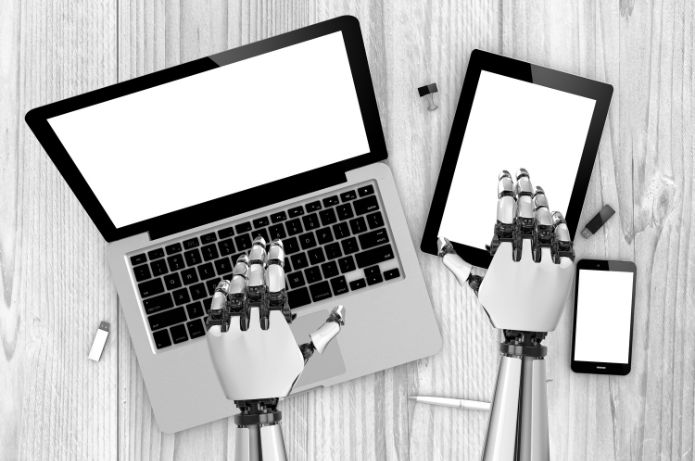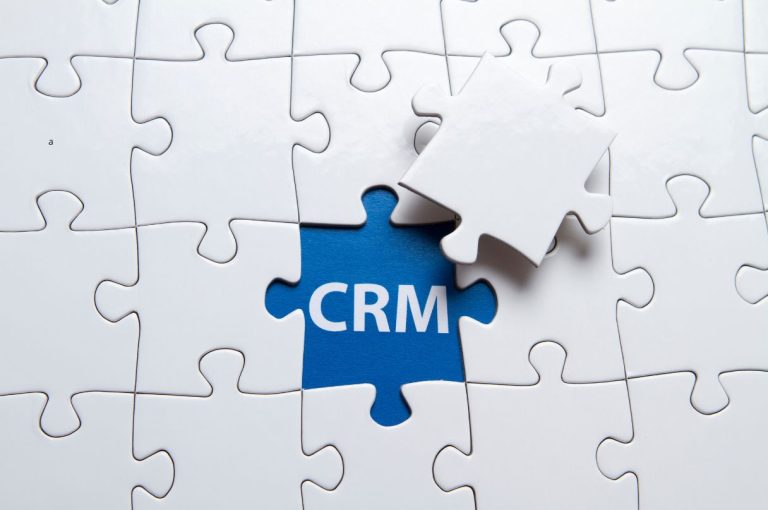In the ever-evolving world of retail and services, the concept of “Figital” emerges as a powerful fusion between the physical and the digital, profoundly transforming the way consumers and businesses interact.The term “Figital” represents the convergence of online and offline experiences, creating a new dynamic in the customer journey, where the barrier between the physical and digital world becomes increasingly tenuous.In this text, Uliana Ferreira, renowned expert in retail and digital transformation, shares valuable insights into the concept of Figital, a trend that has revolutionized the way companies and consumers interact in the market.
What's Figital?
Figital is the integration of the physical and digital worlds into a single cohesive consumer experience. This merger reflects the way people interact with brands and products, where the buying journey can begin in a digital environment, such as a website or application, and conclude in a physical store, or vice versa. Its essence is in the unification of these experiences, eliminating the divisions that traditionally existed between online and offline.
For example, when a consumer searches for a product online and decides to visit a physical store to try it before making the purchase, he is navigating between the physical and digital worlds. Similarly, physical stores that use digital totems to allow customers to place orders online while exploring the products on the spot are offering a Figital experience.
Concrete Examples of Figital
There are several examples of products and services that exemplify this integration. One of the most common examples is durable goods, such as refrigerators. Consumers often prefer to see and touch these products physically before buying them, but may end up ordering online to take advantage of promotions or delivery amenities.
Another relevant example is the fashion industry, where many people are still afraid to buy clothes online due to uncertainty about trim and material quality.To mitigate these concerns, brands have created smaller physical stores, known as pocket stores, where consumers can try on the clothes and then order online for home delivery.
In addition to products, services are also adapting to the concept of Figital. Beauty franchise networks, for example, are discovered by online customers, but the service is physically delivered in different locations. The consumer experience begins on the internet, where he finds the nearest store, and is completed with face-to-face service. This synergy between the physical and the digital is essential for the convenience and satisfaction of the modern customer.
Impact of Figital on Traditional Industries
The transition to Figital is significantly impacting traditional industries such as retail and services. Large retail chains, especially furniture and appliances, are adapting to this new reality by creating experiences that combine the best of both worlds. This includes the development of avatars and digital assistants that provide a more humanized interaction, even in the online environment. The embodiment of service robots, for example, aims to offer a more comfortable and close experience of human interaction, reducing the feeling of being talking to a machine.
This transformation is not only a passing trend, but a competitive need. Companies that do not adopt Figital risk falling behind, while their competitors capture a larger share of the market. The challenge, however, lies in the change of mentality, both of managers and consumers. Many entrepreneurs still operate with an analog mindset, using outdated processes that do not meet the requirements of the digital consumer. Overcoming this obstacle is essential for survival and growth in the current market.
Benefits and Challenges of Figital
The benefits of Figital for companies are numerous, but there are also significant challenges to be overcome. The main challenge is digital transformation, which requires a change of mentality and the adoption of new technologies. In order for a company to become truly Figital, it is necessary that its managers understand and master the digital language, incorporating it into all business operations. This involves from process automation to customer service customization.
The advantage of this transformation is clear: companies that can successfully integrate the physical and digital stand out in the market, offering a fluid and satisfying shopping experience for their customers. The convenience of being able to transition between online and offline without barriers increases customer loyalty and, consequently, sales.
On the other hand, educating the consumer to this new reality is also a challenge. Many consumers are still accustomed to the traditional model of purchase and can resist the adoption of digital practices. Therefore, it is essential that companies play an active role in educating their customers, showing the benefits of Figital integration and how it can improve their shopping experience.
Improving Customer Experience with Figital
The COVID-19 pandemic accelerated the adoption of Figital, forcing companies to adapt quickly to new market demands. During this period, many companies that were not prepared to attend behind closed doors had to develop or improve their digital strategies in record time. This adaptation process, which could have taken years, was compressed into months, resulting in a massive acceleration in the digitalization of retail.
Figital integration has become a matter of survival for many companies. Those who have managed to show their customers that it is possible to have an equally satisfactory shopping experience, whether they are at home or in a physical store, have guaranteed their place in the market. Companies that still resist this change risk losing relevance as consumers get used to the amenities of Figital.
The Future of Figital
The future of Figital is promising, and companies that adapt to this new reality will be better positioned to capture the opportunities that will arise. The trend is that the integration between the physical and the digital continues to strengthen, as consumers become increasingly accustomed to this new form of interaction. The popularization of automations and artificial intelligence is making these technologies more accessible, allowing even small businesses to implement effective digital strategies.
The key to success in the future will be the ability to use technology to complement, not replace, the human factor. Companies should focus on automating repetitive and dull tasks, leaving personalized service and more complex interactions for humans. In this way, Figital can work in perfect harmony, offering the best of both worlds for consumers and businesses.
In summary, Figital is not only a passing trend, but a natural evolution of the way we interact with the world around us. The fusion of the physical with the digital offers a more efficient and convenient way to consume products and services, while providing new opportunities for companies to connect with their customers. However, to take full advantage of this integration, companies need to adapt quickly, adopting new technologies and changing their mindsets to embrace digital. Those who can make this transition successfully will be at the forefront of the market, ready to capture the opportunities that the future holds.











